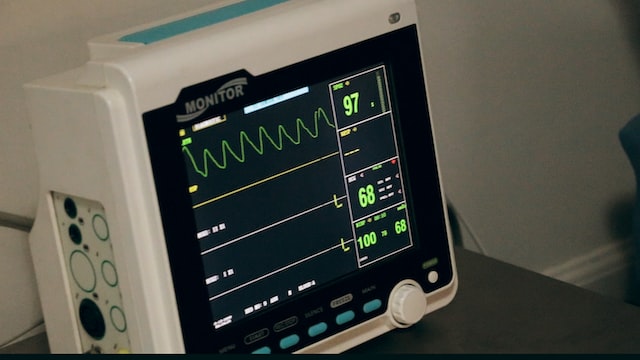Batteries come in different forms and sizes, and most consumers today look at batteries as something very common. However, there could be some confusion between consumer and industrial batteries. The common thinking is that industrial batteries are larger and heavier, similar to the batteries in cars, trucks, and other industrial equipment.
The confusion comes from the lack of knowledge since you can find consumer batteries everywhere. As with most common items, people take the use of consumer batteries for granted. However, the market is flooded with primary and rechargeable batteries, which almost all types of devices use. Still, it is crucial to dispose of these batteries properly because they contain toxic substances. Find a battery recycling organisation for help.
Consumer batteries vs industrial batteries
The consumer batteries used in handheld devices are easy to replace or recharge. These battery types operate in environments where the temperature is moderate. Examples include mobile phones, tablets, laptops, smartwatches, etc. The rechargeable batteries typically last for about five years.
On the other hand, the cheaper over-the-counter primary (non-rechargeable) lithium batteries that toys, remotes, and flashlights use work in a temperature range of -0°C to 40°C. As a result, their life expectancy is about two to three years.
In industrial batteries, the market growth is dramatic as more industrial wireless applications become available. These devices are for remote, off-the-grid areas, where wireless devices require self-power for their operation. Some devices include monitoring devices, process controls, automated utility metres, oceanographic instruments, GPS tracking devices, and automotive toll tags, which can continuously operate for about 40 years. A new type of lithium battery is the Li-SOCI 2 (lithium thionyl chloride) battery, which is applicable for devices such as home safety systems, onboard microcomputers, metering systems, and medical instruments, such as medical sterilisers.
These devices operate under extreme temperatures, between 80°C (170°F) and 150°C (302°F).
Common types of industrial batteries and their application
Longevity, reliability, and performance are the primary features of industrial batteries. However, industrial batteries differ from consumer batteries, offering various features and benefits that buyers should consider. In addition, since most of them are rechargeable, business owners should consider having several backup batteries for continuous operation. Here are the basic types of industrial batteries.
Lithium-ion batteries
Across various applications, lithium-ion batteries are popular. For example, this battery is often used in satellites, aircraft, and electronic devices. You can also find them in industrial forklifts. They are lightweight but fast-charging, giving power instantly to industrial devices without lengthy downtime.
Lead acid batteries
Lead acid batteries are larger and used for a range of equipment. However, they take longer to charge. Despite this feature, lead acid batteries are more affordable, making them popular with many business owners.
Nickel-cadmium batteries
Aircraft and exercise equipment are the typical users of nickel-cadmium batteries. The battery is heavy-duty and very reliable; thus, it is popular. However, nickel-cadmium batteries are expensive and difficult to maintain.
As technology advances, more devices, power tools, and equipment will likely use industrial batteries. You can see them in electric and hybrid cars, trucks, boats, and other vehicles. The future is brighter for industrial batteries because more industries will use them.

